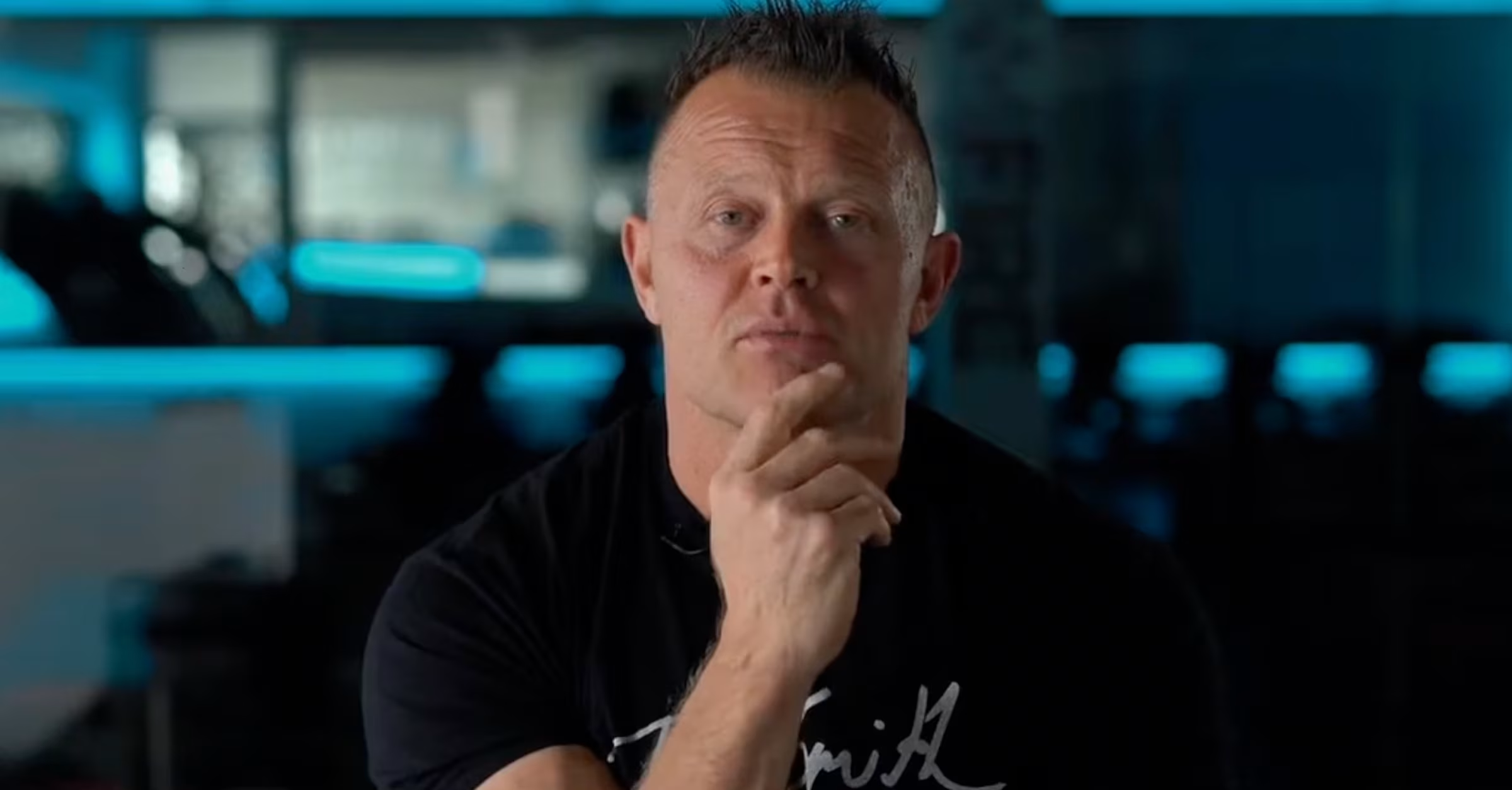I consider myself an expert at injury prevention because I’ve witnessed or taken part in almost every mistake a person can make in the gym. The perception of systemic pain during exercising and after is often recognized as a necessary evil to get in great shape. For me the first sign of this being wrong was at age seventeen. I tore my bicep while doing an exercise that I never felt in sync with but thought I had to do.
NO “MUST” EXERCISES
Most people are first introduced to weight training while involved in athletics or in gym class. Usually in an environment with one instructor to 15-30 students. They show you the basic multi-joint athletic based moves, thinking the best bang for the buck as far as most muscles worked and carryover to athletics. This can be true for some people, but these also are the most dangerous exercises with the most moving pieces, requiring balance and fully functional joints. Exercises are not one size fits all, and neither are people. We all have different limb lengths and genetic predispositions of posture, leading to a difference in joint mobility, stability and active range of motion in muscles. Unless you are getting ready for a powerlifting meet, you never HAVE to do a certain exercise.
PATHOLOGY
If you enter an exercise system under a coach or trainer and it does not account for the potential change in joint pathology, you are being treated like an athlete. If you are over the age of twenty five. you are most likely not one. The body has its own balancing act in compensating for overuse, underuse, stress, and trauma causing muscles to feel shut off, or tight. Every joint needs to be accessed when starting an exercise program. After doing this for fifteen years, I can usually tell by the person’s posture where they’re most likely to be lacking in joint integrity.
GO HARD WHERE IT DOES NOT HURT
How it feels supersedes everything. It should be an open line of communication between client and trainer to find what exercises you can really feel in the muscles and then go hard. Do not think of a workout as a failure if an exercise does not agree with you that day. If you are doing things right to recorrect your personal dispositions, you should achieve better stability over time and be able to add exercise to your repertoire. Clients will and should have certain cosmetic priorities, but if the squat, for example, is causing pain, do not push yourself through it. Ask the trainer for another exercise that you feel comfortable with.
The reality is our bodies are always changing. We need to pay attention to this. You are not the same person you were in high school. There is usually no hard time line on your goals. Doing something that hurts could push you back months. Be smart, communicate, enjoy your training and remain pain free. It’s the only way we can make your body last a lifetime.








